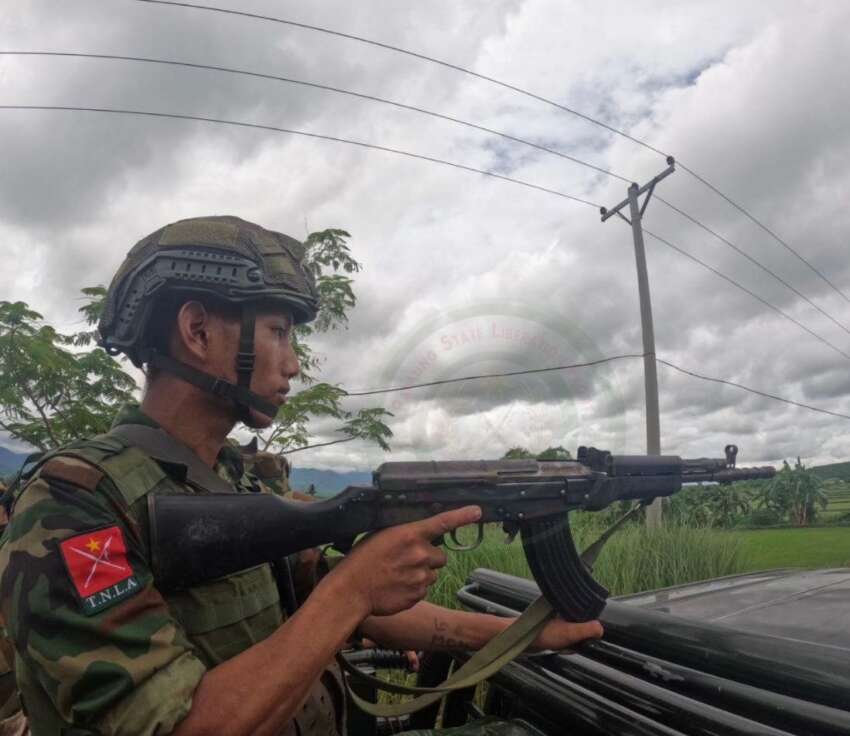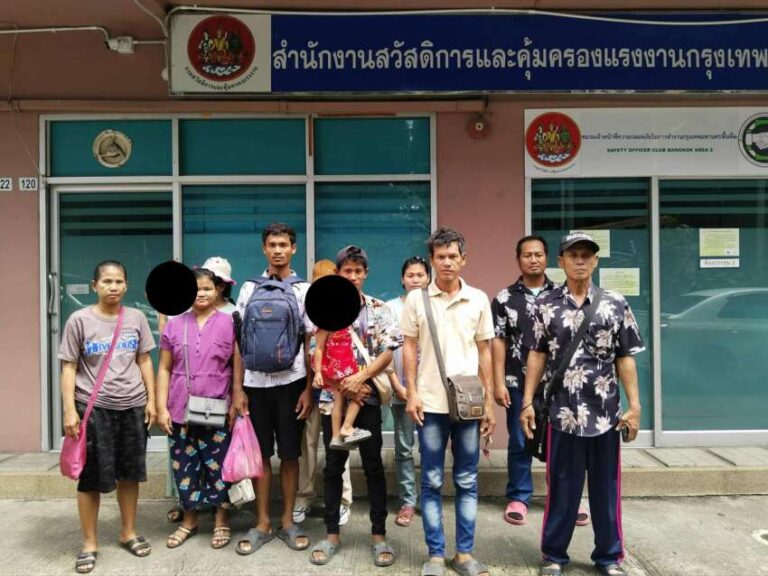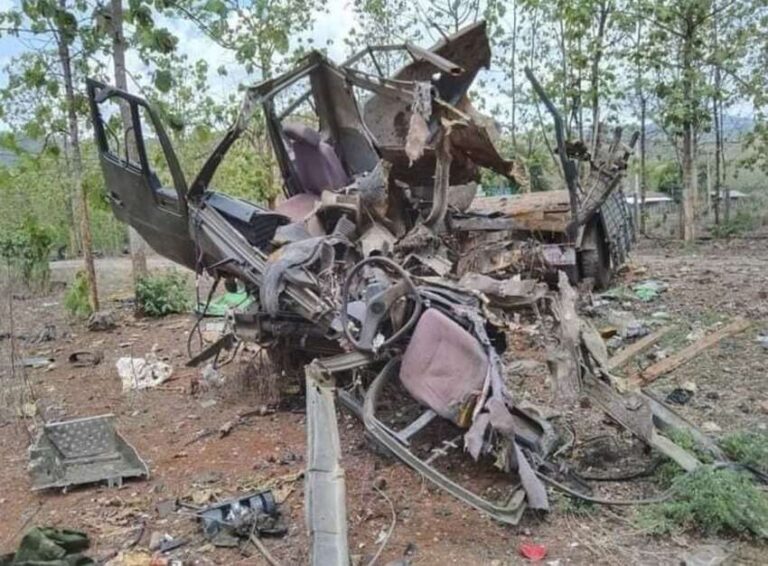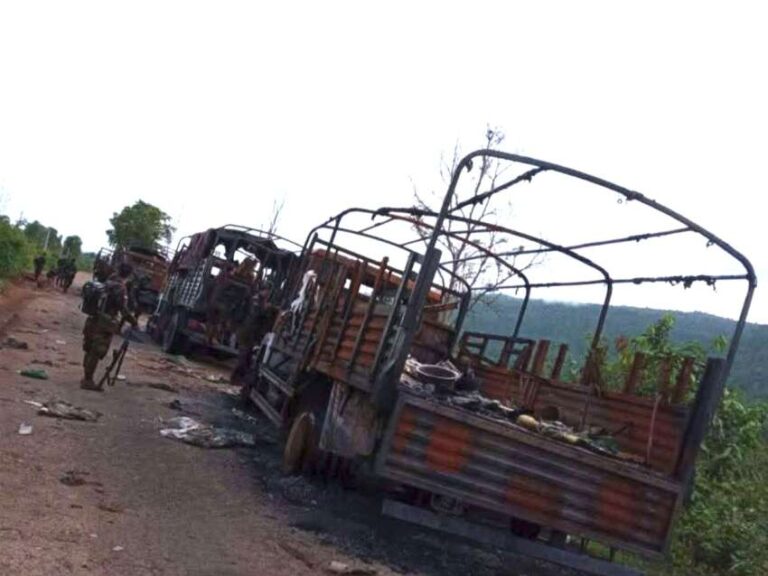
The Ta’ang National Liberation Army (TNLA) has announced that fighting has broken out in Naung Cho Township, Shan State, as the military council forces launched an offensive despite the ongoing unilateral ceasefire declared by the Three Brotherhood Alliance. On May 7, military council forces initiated an offensive near Taung Hla village where PSLF/TNLA troops were stationed, leading to clashes beginning at 8:55 AM. Subsequently, another battle erupted near Ya Pyin village at around 12:30 PM between military council forces and the Ta’ang Army.
Prior to these incidents, on May 5 and 6, fighting had already occurred in Thayet Cho village, Naung Cho Township, when military council forces attacked a TNLA military base. Additionally, on May 7 at approximately 5:30 PM, the military council conducted an airstrike using fighter jets, dropping two bombs near a checkpoint in Phawtaw village, Padaung Sit Kone Township. The military council also deployed a Y-8 transport aircraft to deliver 85 packages of weapons and ammunition to their Base 13, as confirmed by the Ta’ang Army.
The Three Brotherhood Alliance had extended their unilateral ceasefire for another month on May 1, aiming to continue providing humanitarian assistance to earthquake-affected civilians in the conflict areas. Similarly, the military council announced an extension of their ceasefire from May 6 to May 31. However, contrary to these declarations, the military council continues to conduct ground offensives and aerial attacks within Ta’ang territory. This ongoing military activity demonstrates a clear violation of the announced ceasefire agreements and poses significant risks to civilian safety in the region.
Due to these circumstances, the TNLA has advised local civilians to follow air raid defense guidelines and maintain military vigilance to protect themselves from the military council’s aerial attacks. The military council’s continued offensive operations not only violate the ceasefire agreements but also threaten the security of civilian populations, necessitating extra caution and vigilance from local residents. The situation highlights the ongoing pattern of military council aggression despite public commitments to temporary ceasefires, particularly affecting civilian populations in conflict areas who must now maintain constant alertness against potential attacks.



